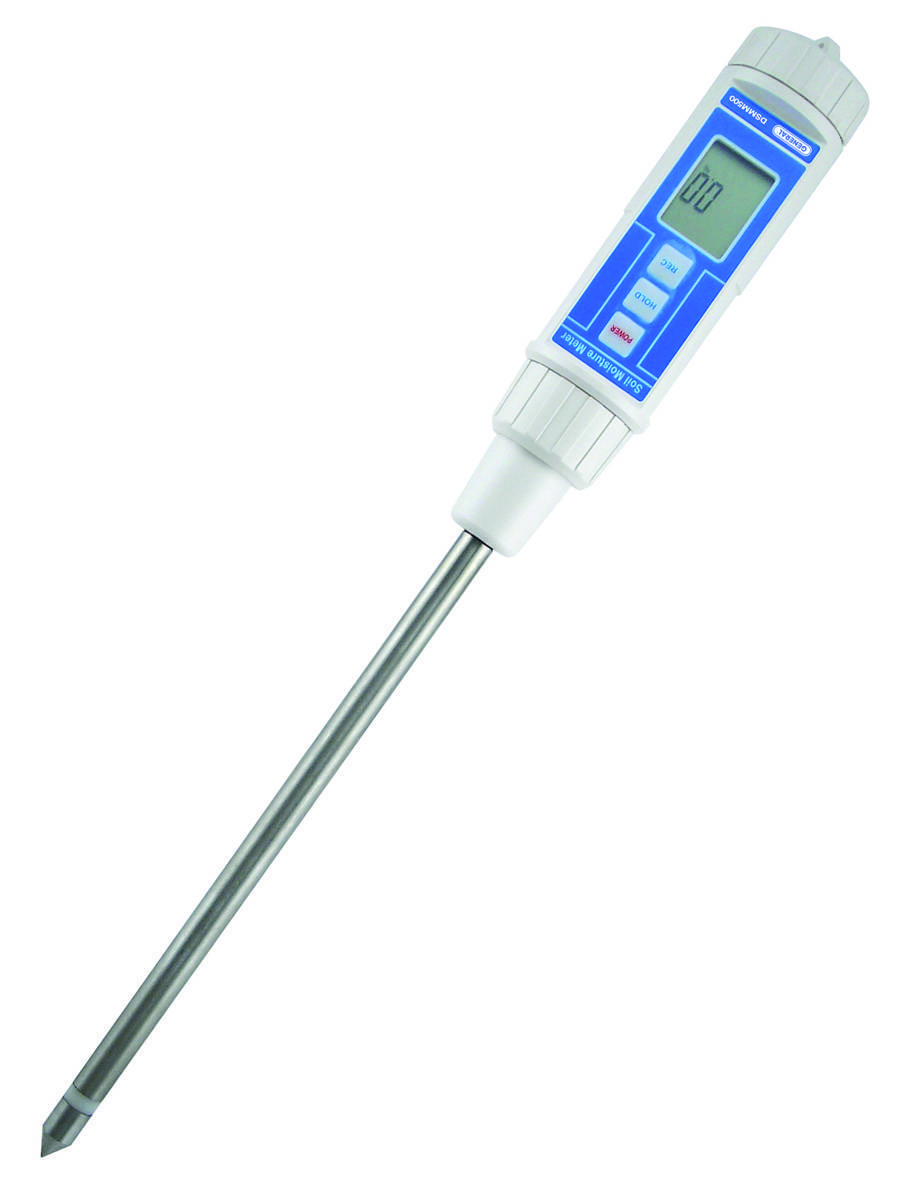Recognizing the Different Sorts Of Moisture Meters and Their Applications
Recognizing the Different Sorts Of Moisture Meters and Their Applications
Blog Article
Comprehending the Value of a Moisture Meter in Preventing Mold and Water Damage in your house
In the realm of home upkeep, the visibility of dampness can usually be a quiet yet formidable foe, capable of causing pervasive mold and mildew growth and dangerous water damages if left uncontrolled. Amidst the serene ambiance of a home, hidden dampness concerns can make below the surface area, presenting a hazard to both home and health and wellness. Equipped with the right tools and understanding, property owners can proactively fight these prospective risks. Recognizing the significance of a wetness meter in this fight is not merely a choice but a tactical requirement.
Importance of Moisture Discovery
Reliable dampness detection methods are vital for guarding buildings and protecting against potential mold and mildew growth and water damage. Moisture can permeate into various structure materials, bring about architectural concerns and health and wellness risks. By using a moisture meter, building owners can proactively identify areas susceptible to excess moisture, allowing for timely intervention and reduction techniques.
Moisture meters provide accurate analyses of moisture levels in different materials such as concrete, wood, and drywall. This information aids in identifying areas of concern, even in hard-to-reach or surprise locations. Early detection of wetness accumulation makes it possible for prompt repair services or adjustments to avoid further damages.

Just How Moisture Meters Job
Wetness meters play a critical duty in the aggressive identification of excess wetness, aiding in the prevention of possible mold growth and water damage by supplying precise readings of moisture degrees in numerous structure materials. Some advanced moisture meters pin both incorporate and pinless innovations for extensive dampness detection. Understanding how moisture meters function is crucial for timely and precise wetness degree analyses, enabling efficient preventive steps versus mold and water damages.
Detecting Early Indication
Upon initial evaluation of a home, identifying refined indications of excess moisture ends up being crucial in the very early discovery of potential mold development and water damages. Some usual very early indication include mildewy odors, water spots on ceilings or wall surfaces, peeling off paint or wallpaper, and distorted or tarnished surfaces. Stuffy odors often indicate the existence of mold or mildew, even if no noticeable indicators appear. Water spots can indicate leakages or infiltration, while peeling off paint or wallpaper may be a result of moisture jeopardizing the adhesion of these products to the surface. Warped or blemished surfaces, such as buckling floorboards or stained drywall, are clear indications of water damages. In addition, a rise in allergic reaction signs and symptoms or breathing issues among occupants may suggest the existence of mold and mildew as a result of excess dampness. By promptly recognizing and attending to these early indication, homeowners can mitigate the danger of comprehensive mold and mildew growth and water damage in their residential properties.
Stopping Mold And Mildew Growth
Acknowledging early indication of excess dampness within a property not only allows punctual discovery of potential mold and mildew growth and water damage but additionally serves as an aggressive procedure in avoiding the spreading of mold and mildew. To successfully protect against mold growth, it is crucial to resolve any resources of dampness without delay. This can include dealing with leaks in windows, roof coverings, or pipes, ensuring proper air flow in damp areas like restrooms and kitchens, and making use of dehumidifiers in high-humidity spaces. On a regular basis maintaining the property and examining's pipes, roof, and seamless gutters can additionally assist in protecting against water intrusion go to this web-site that might bring about mold development.
In addition to dealing with moisture resources, maintaining indoor humidity levels listed below 60% can dramatically inhibit mold growth. Correct air flow, ample insulation, and making use of air conditioning system or fans can aid control indoor humidity levels. Checking wetness degrees in locations prone to wetness, such as cellars and crawl spaces, using a dampness meter can also aid in early detection of elevated dampness degrees and prospective mold and mildew development. By taking aggressive procedures to avoid excess wetness and mold and mildew growth, homeowners can secure their residential or commercial property and interior air high quality.
Advantages of Normal Tracking
Regular monitoring of moisture levels in a home can play a vital function in maintaining a healthy indoor environment and stopping potential mold and mildew and water damages. By routinely checking dampness levels, property owners can find any problems without delay and take required activities to stop mold and mildew growth and water damage. Among the essential advantages of normal surveillance is very early detection. By recognizing and attending to high moisture degrees beforehand, home owners can step in before mold and mildew has the chance to spread and establish. This positive strategy can conserve both money and time in the future by preventing substantial mold and mildew removal and repair work costs.
Furthermore, routine monitoring allows property owners to track patterns and patterns in dampness levels over time. Eventually, the consistent tracking of wetness degrees equips property owners to protect their residential or commercial property, secure their wellness, and maintain the stability of their interior environment.

Final Thought

By making use of a wetness meter, residential property try this owners can proactively recognize locations prone to excess dampness, allowing for timely intervention and reduction methods.

Keeping an eye on dampness levels in locations vulnerable to wetness, such as cellars and creep spaces, making use of a wetness meter can additionally assist in early detection of elevated moisture degrees and possible mold and mildew development. (Moisture have a peek at this website Meter)
Report this page